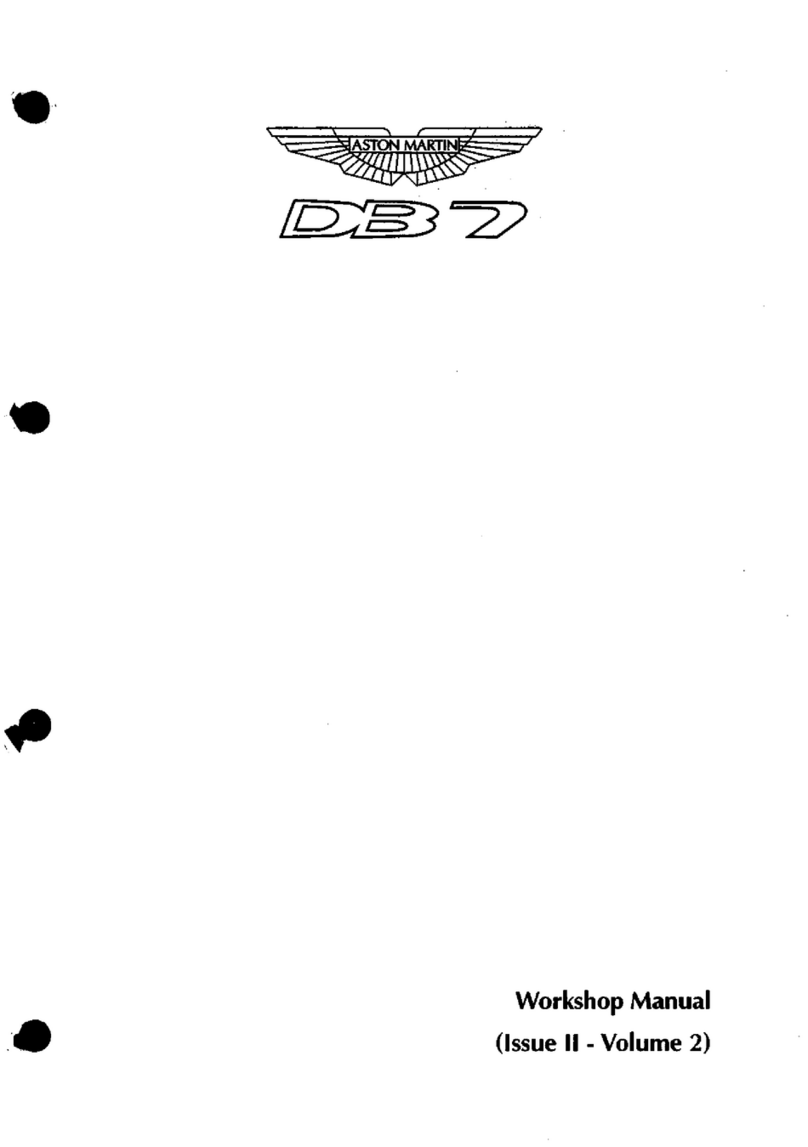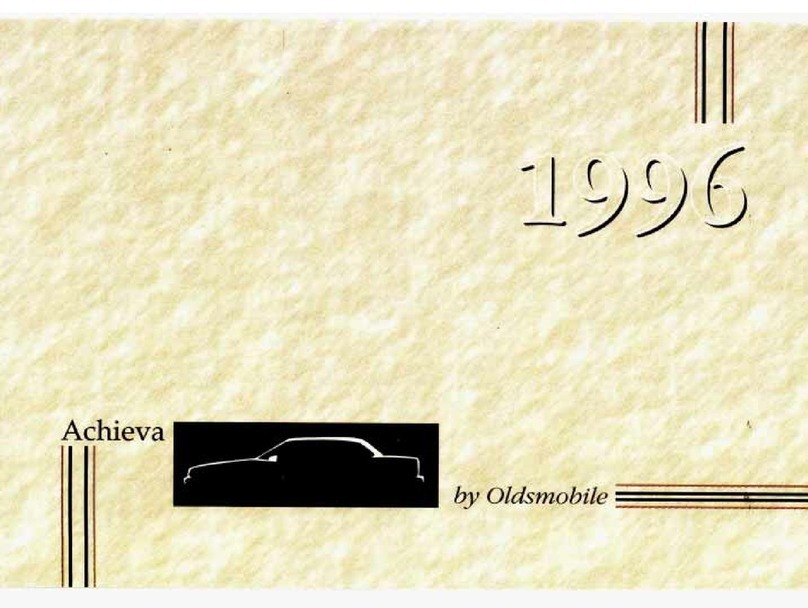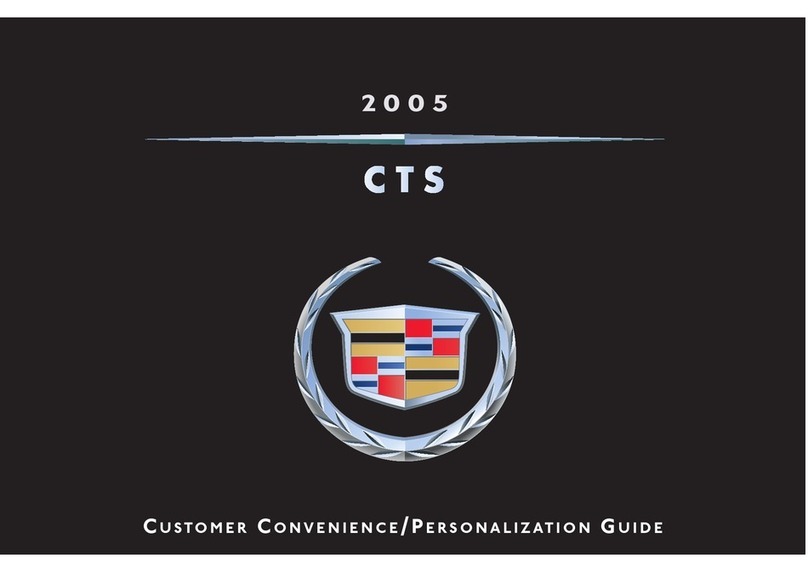
1.2
1 .......................................................................... Introduction
2 .....................................................................Vehicle Security
3 .......................................................................Before Driving
4 ................................................................................ Controls
5 .................................................................................. Driving
6 ....................................................Convertible Roof (Volante)
7 .....................................................................Climate Control
8 .....................................................................................Audio
9 ...............................................................Car Phone (Option)
10 .............................................................................Bluetooth
11 ............................................................. Satellite Navigation
12 ....................................................................... Maintenance
13 ...................................................................... Specifications
A...................................................................................Service
B ..............................................................................Assistance
C............................................................................... Warranty
D .................................................................. Dealer Directory
E ................................................................ Alphabetical Index
Whilst every effort has been made to ensure the accuracy of
the particulars contained in this Owner’s Guide, neither the
manufacturer nor the Dealer, by whom this Owner’s Guide is
supplied, shall in any circumstances be held responsible for
any inaccuracy or the consequences thereof.
All rights reserved. No part of this publication may be
reproduced, stored in a retrieval system or transmitted, in any
form, electronic, mechanical, photocopying, recording or
other means without prior written permission from
Aston Martin Lagonda Limited.
The manufacturer reserves the right to vary specifications
without notice in accordance with its policy of continual
product improvement.
Produced by the Technical Publications Department
ASTON MARTIN LAGONDA LIMITED
Banbury Road,
Gaydon,
WARWICK
Warwickshire,
CV35 0DB,
England
Telephone: (+44) 01926 644300
Fax: (+44) 01926 644733
Issue 5 – January 2006
Part Number – 6G43-19A321-AA
01 Introduction.fm Page 2 Thursday, December 1, 2005 8:54 AM











































